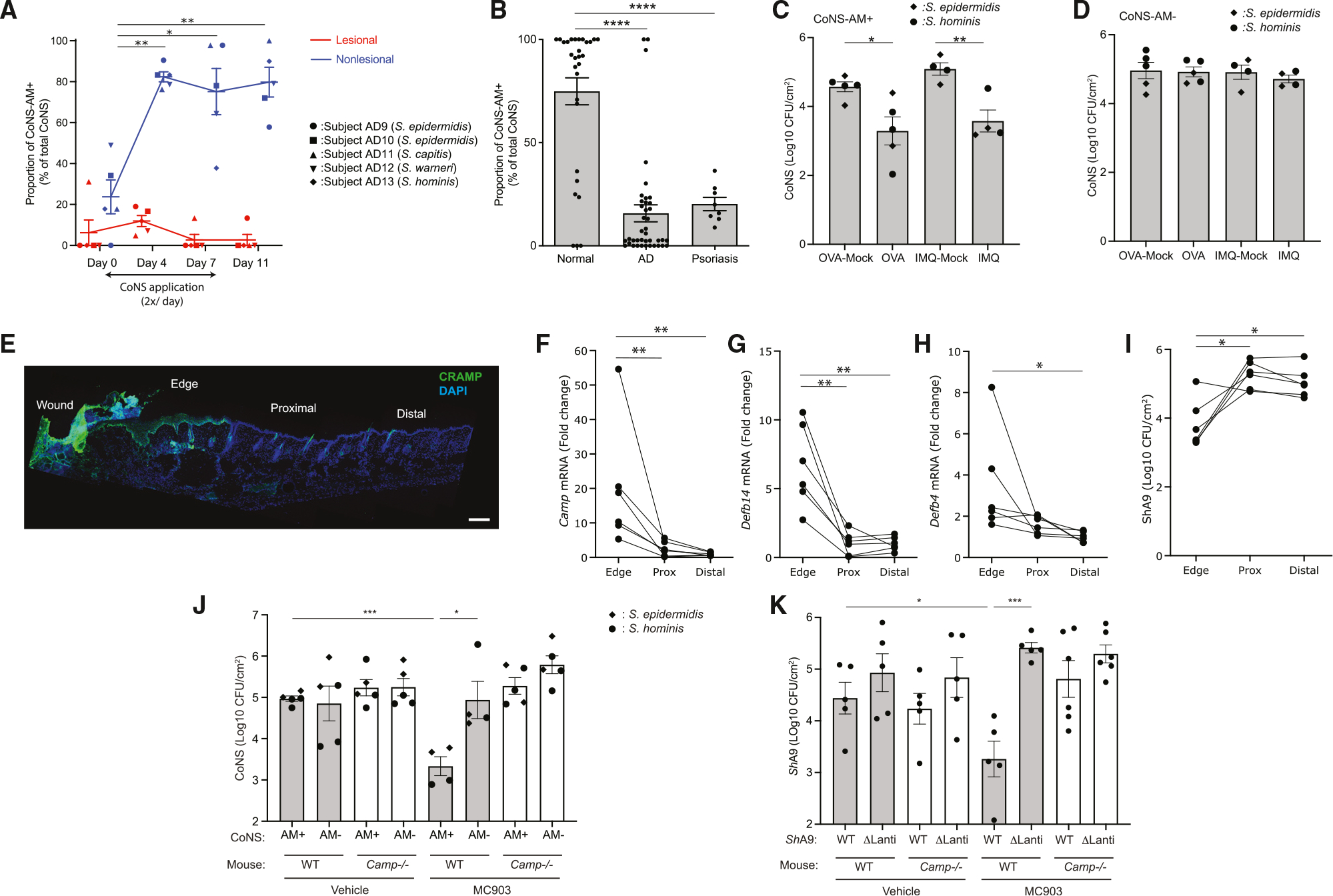Figure 3. Th2 and Th17 inflammation inhibits survival of antibiotic-producing CoNS in human and mice.

(A) Survival of autologously derived antibiotic-producing CoNS strains (CoNS-AM+) of S. epidermidis, S. capitis, S. warneri, and S. hominis species on non-lesional and lesional skin of forearms of donor subjects with atopic dermatitis (AD). Bacteria were applied twice a day for 7 days. To estimate the survival of antimicrobial CoNS, the relative proportion of CoNS isolates with the capacity to inhibit S. aureus were measured at the time points indicated. On days 4 and 7, swab samples were obtained 4 h after the last application. Each dot represents data from an individual subject. Data represent mean ± SEM of 5 individuals who received indicated species of CoNS-AM+ (demographic data shown in Table S1). p value (*p < 0.05 and **p < 0.01) was calculated by two-tailed paired parametric t test to baseline data.
(B) Frequency of CoNS-AM+ isolates on skin of control volunteers compared with inflamed skin of human subjects with AD or psoriasis. Each dot represents data from an individual subject. Data represent mean ± SEM (healthy: n = 29; AD: n = 40; psoriasis: n = 8). p value (****p < 0.0001) was calculated by two-tailed unpaired parametric t test. Demographic data shown in Table S2.
(C and D) Survival of representative CoNS-AM+ or CoNS strains that do not produce antibiotics (CoNS-AM−) of S. epidermidis or S. hominis on OVA-sensitized or imiquimod-treated skin of Flgft/ft Balb/c mice after 48 h. Each dot represents the average of duplicate technical replicates from an individual animal. Data represent mean ± SEM of 4–5 independent mice treated by distinct bacterial strain. p value (*p < 0.05 and **p < 0.01) was calculated by two-tailed unpaired parametric t test. Antimicrobial activity of each CoNS strain is shown in Figure S5.
(E) Immunostaining for CRAMP in the back skin of mice after partial thickness wounding. Scale bar: 400 mm. Image is representative of similar results from 6 biological replicates.
(F–I) Expression of AMP genes (F–H) and survival of ShA9 (I) at the edge, proximal (Prox), and distal regions of the skin wound. Each dot represents the average of duplicate technical replicates from an individual animal (n = 6). p value (*p < 0.05 and **p < 0.01) was calculated by two-tailed paired parametric t test.
(J and K) Survival of representative CoNS-AM+ or CoNS-AM− strains of S. epidermidis or S. hominis (J) or ShA9-WT or ShA9-ΔLanti (K) on MC903- or vehicle-treated skin of WT or Camp−/− Balb/c mice 48 h after application. Each dot represents data from an individual animal. Data represent mean ± SEM of an independent animal that received distinct bacterial strains (J: n = 4 or 5) or that received WT or ΔLanti-ShA9 (K: n = 5 or 6). p value (*p < 0.05 and ***p < 0.001) was calculated by two-tailed unpaired parametric t test. Data in (J) represent survival of each CoNS strain on individual mouse. Each dot represents the average of duplicated technical replicates from an individual animal.
